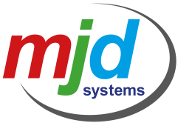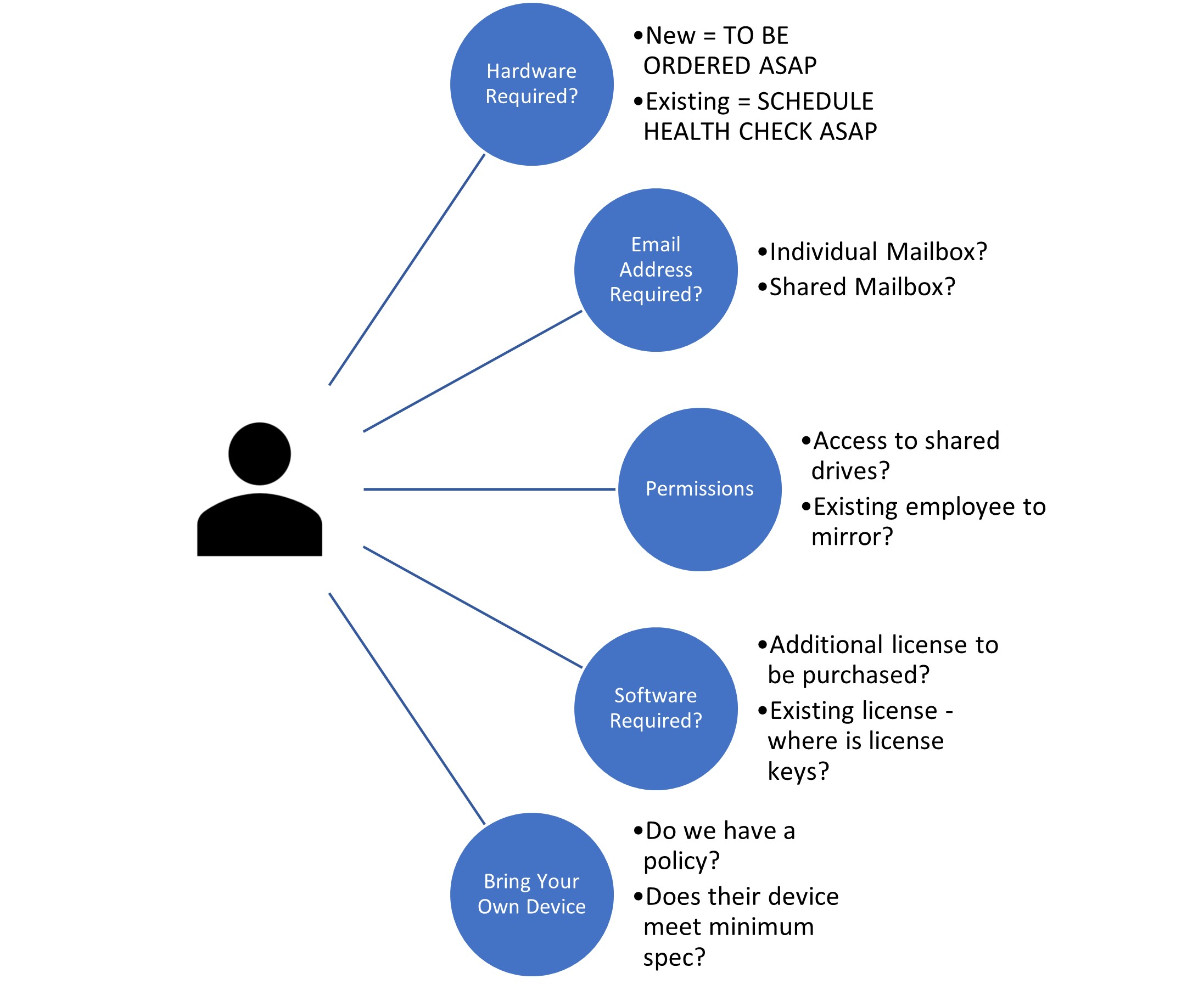We all want to ensure our customers are happy with the service we provide, and if our customers are going to be waiting or carrying out daily tasks in our premises, we may want to provide them with an internet connection. Especially in our area of Scotland, where sometimes the 4G signal may not be up to scratch. However, are you allowing a security risk to your entire network by handing out your wireless password.
If you haven’t secured your wireless network then plain and simple, this is a massive security risk and you should stop immediately. The best way to offer your customers a wireless option, is through separate private and public wireless networks. This allows you to segregate and control the access the public has to your business network to avoid a damaging data breach. This does not mean you need to have two separate broadband lines and separate access points for private and public. There are access points on the market that allow segregation within the same access point network. The team at MJD have fitted and maintain these systems across our clients networks and can do so remotely to reduce site visits and costs for our clients.
While security is the main concern you should have with offering customers wifi, it is also important to consider that this reflects on your business image. If your wifi is slow and unreliable, then it may be best not to offer wifi until you are able to resolve the issue. If this is something you and your customers are experiencing, there could be several reasons why. The speed of your broadband connection, the hardware providing the wireless connection and the activities the wifi users are performing could all be having an affect. If your wireless network is not setup to limit streaming/downloading one customer could spoil the wireless connection for all users.
If any of these issues seem familiar please don’t hesitate to get in touch with the team here at MJD and let’s make IT work for YOU.




